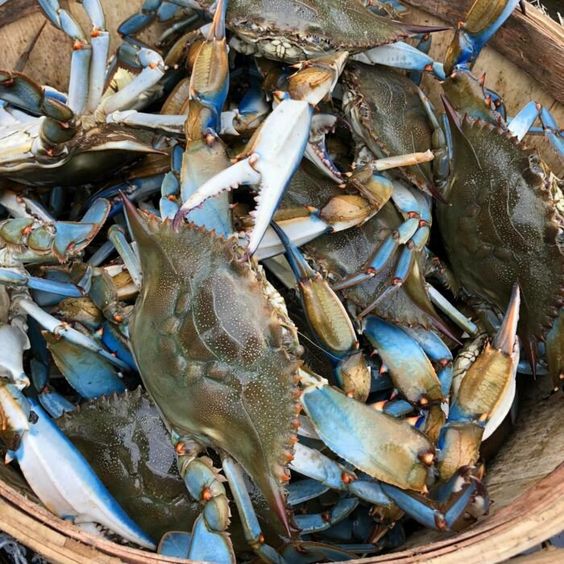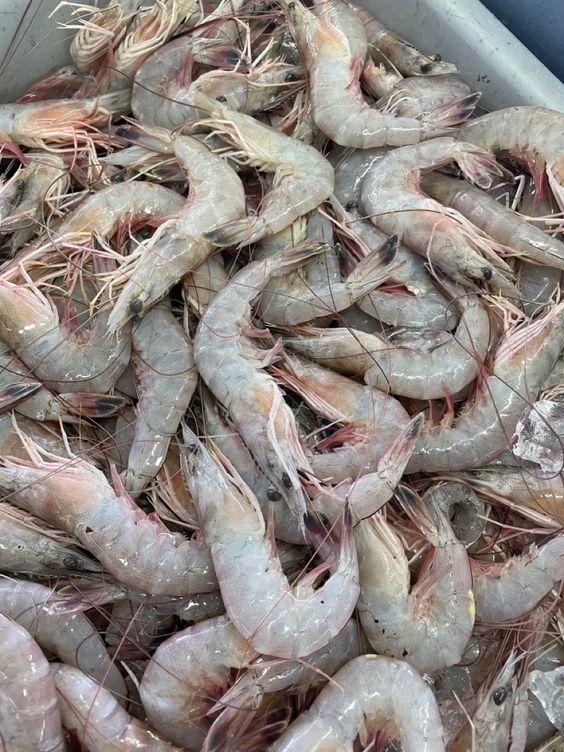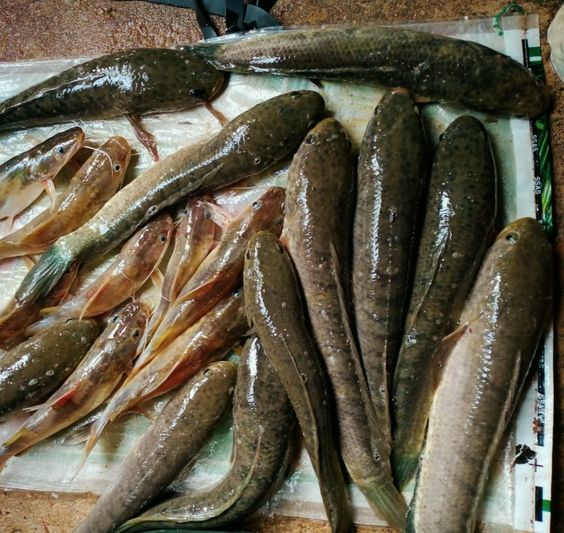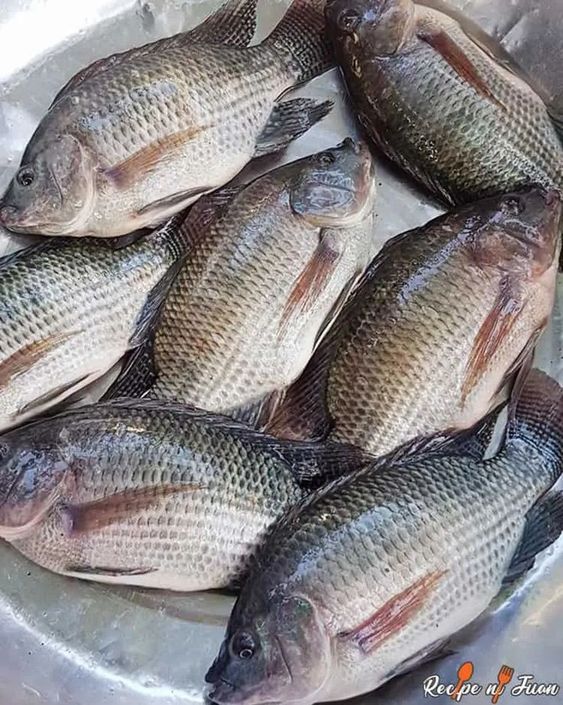Organic Crab Cultivation: A Sustainable Approach to Delicious Seafood
Organic Crab Cultivation are a popular seafood delicacy enjoyed worldwide. Their sweet, succulent meat and versatility in dishes have driven a rising demand in recent years. However, traditional crab farming methods often rely on practices that can harm the environment and compromise the quality of the crabs themselves. Organic crab cultivation offers a solution, promoting sustainable practices and producing healthy, flavorful crabs.
Contents
Benefits of Organic Crab Cultivation
- Environmental Sustainability: Organic crab cultivation prioritizes practices that minimize environmental impact. This includes:
- Reduced reliance on chemicals: Organic farms avoid synthetic pesticides, herbicides, and antibiotics, protecting water quality and preventing harm to surrounding ecosystems.
- Habitat creation: Organic farms can create wetland habitats that benefit diverse marine life, promoting biodiversity.
- Water conservation: Techniques like biofloc technology and recirculating aquaculture systems (RAS) can significantly reduce water usage compared to traditional methods.
- Improved Crab Quality: Organic crabs raised in healthy environments tend to be:
- Healthier: Free from chemical residues often found in conventionally farmed crabs.
- Tastier: Studies suggest organic crabs may have a richer flavor and firmer texture due to a more natural diet.
- Stronger immune system: Raised without antibiotics, organic crabs are likely to have a more robust immune system, reducing disease outbreaks in the farm.
- Market Potential: Consumers increasingly seek sustainable and ethical seafood options. Organic certification can be a valuable marketing tool, allowing farmers to command premium prices for their crabs.
Goals of Organic Crab Cultivation
- Developing sustainable crab farming practices: This includes ongoing research and implementation of methods that minimize environmental impact while maintaining farm productivity.
- Ensuring the health and well-being of crabs: Organic practices prioritize crab welfare, reducing stress and providing a healthy environment for growth.
- Producing high-quality, organic crabs: The goal is to consistently produce delicious, healthy crabs that meet stringent organic certification standards.
- Building a responsible and transparent industry: Organic crab cultivation promotes transparency in farming practices, allowing consumers to make informed choices.
Ideas for Organic Crab Cultivation
- Species selection: Choosing crab species that thrive in controlled environments and have shorter life cycles can optimize farm efficiency.
- Pond management: Utilizing natural filtration systems with plants and algae can maintain water quality and reduce the need for chemicals.
- Biofloc technology: This innovative system utilizes beneficial bacteria to break down organic waste and create a healthy environment for crabs.
- Recirculating aquaculture systems (RAS): RAS systems can significantly reduce water usage by treating and reusing water within the farm.
- Natural feed sources: Supplementing crab diets with organic fishmeal, seaweed, and other natural ingredients promotes healthy growth.
- Shelter and enrichment: Providing crabs with hiding places and enrichment objects minimizes stress and promotes natural behaviors.
- Disease prevention: Maintaining a healthy environment, proper stocking densities, and good water quality are crucial for preventing disease outbreaks.
- Integrated multi-trophic aquaculture (IMTA): This system combines crab farming with other aquaculture species like mussels or seaweed, creating a balanced ecosystem that benefits all organisms.
Suggestions for Starting an Organic Crab Farm
- Conduct thorough research: Understand the specific needs of the crab species you plan to raise and the organic certification requirements in your region.
- Develop a comprehensive business plan: Consider factors like startup costs, infrastructure, staffing, marketing, and potential challenges.
- Seek professional guidance: Consult with experienced organic crab farmers, aquaculture specialists, and certification bodies.
- Invest in sustainable infrastructure: Explore options like biofloc technology, RAS systems, and natural filtration systems.
- Focus on crab welfare: Provide a healthy environment, proper nutrition, and minimize stress factors for optimal crab health.
- Build strong relationships: Collaborate with other organic farmers, distributors, and retailers to establish a reliable market for your crabs.
Challenges and Considerations
- Initial investment: Organic crab farming can require a higher initial investment compared to conventional methods due to the need for specialized infrastructure and organic feed sources.
- Certification process: Obtaining organic certification can be a lengthy and complex process.
- Market availability: Depending on your location, organic crab markets may need to be developed or identified.
- Technical expertise: Organic crab cultivation requires a good understanding of crab biology, water quality management, and organic farming practices.
The Future of Organic Crab Cultivation
Organic Crab Cultivation holds immense potential for the future of sustainable seafood production. As consumer demand for healthy, ethically sourced seafood continues to rise, organic crab farming is poised for significant growth. With ongoing research, innovation in technology, and a focus on responsible practices, organic crab cultivation can ensure a thriving industry that benefits both the environment and consumers.






